This section is for paid subscribers only. Our subscription is only $3700/- for one full year.
You get unlimited access to all paid section and features on the website with this subscription.
Subscribe to read full article
This section is for paid subscribers only. Our subscription is only $37/- for one full year.
You get unlimited access to all paid section and features on the website with this subscription.
Not ready for a full subscription?
You can access this article for $2, and have it saved to your account for one year.
- GenreDrama
- FormatB/W
- LanguageHindi
- Run Time117 min
- Length3896.56 metres
- Number of Reels15
- Gauge35mm
- Censor RatingU
- Censor Certificate Number52580
- Certificate Date30/12/1967
- Shooting LocationMohan Picture Workers Ind. Co-op Society Ltd.
Kishen is a small village boy, living happily with his widowed mother who struggles hard to make both ends met and to provide Kishen with the basic comforts of life. Her sudden death is a grim tragedy and Kishen finds himself transported to Kadambini, his married step-sister. Kadambini does not take kindly to being burdened with her orphan brother, but takes up the responsibility with the idea of being able to take possession of Kishen's small village properties. Her husband Nobin, accepts this arrangement and turns a blind eye to the ill-treatment that Kishen suffers. The other members of the household are Nobin's younger brother, Bipin and his wife Hemangini, a noble lady, large hearted, gentle and ever righteous. Hemangini is loved by the villagers and the respect that she commands is a sore point with Kadambini. Kadambini is itching to pick up a quarrel and to divide the joint family, and an opportunity arises just when Kishen arrives on the scene. The ancestral properties of the two are divided. Meanwhile, Kishen is utilised as a servant boy at Nobin's village store.
Hemangini grows very fond of the poor child Kishen, and cannot tolerate his suffering at the hands of the cruel Kadambini. Kadambini does not appreciate the affection that Hemangini is showering upon Kishen and takes it as a personal affront. She cunningly twists the truth to create unpleasantness between Hemangini and her husband Bipin, and goats over the results. Kishen's entry into Bipin's portion of the house is now restricted.
Hemangini falls seriously ill, and Kishen is horrified to find that she seems to be ailing from the same illness that caused his mother's death. Desperate that he may lose the only person in the world who loves him, Kishen, in his own childish way, tried to find a cure for her - only to attract further retribution at Kadambaini's hands.
How a successful and happy solution is found to all these emotional and domestic problems has been brilliantly unfold in Sarat Chandra's classic style, and leads to a climax that every cinegoer will long cherish.
[From the official press booklet]

Cast
Crew
-
BannerK G Pictures
-
Director
-
Producer
-
Music Director
-
Lyricist
-
Screenplay
-
Dialogues
-
Cinematography
-
Editing
-
Sound Recording/ Audiography
-
Choreography
-
Costumes
-
Make-up
-
Re-recordist/ Sound Mixing
-
Laboratory/ Processed atRamnord Research Lab. Ltd.
-
StillsKamat Foto Flash
-
Publicist/P.R. O.
-
Publicity DesignPamart
-
Art Direction
-
Song Recording
-
Playback SInger






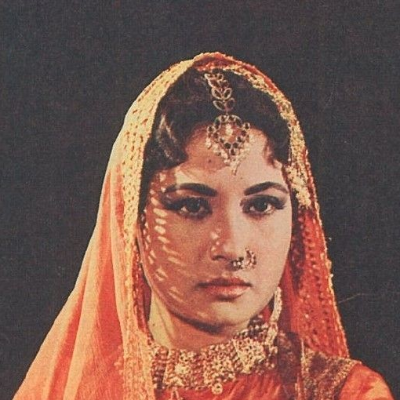
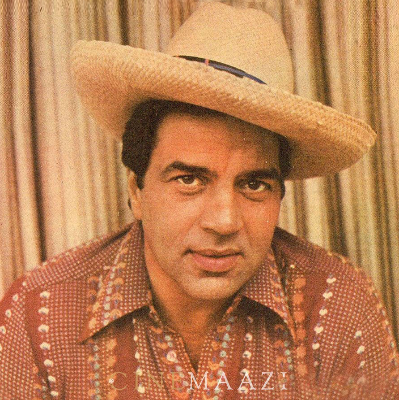
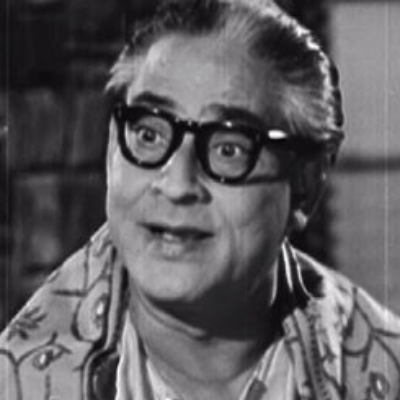
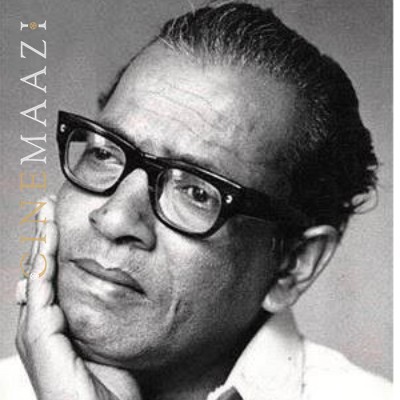




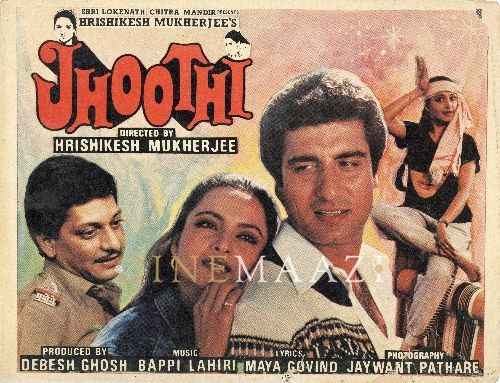
.jpg)



